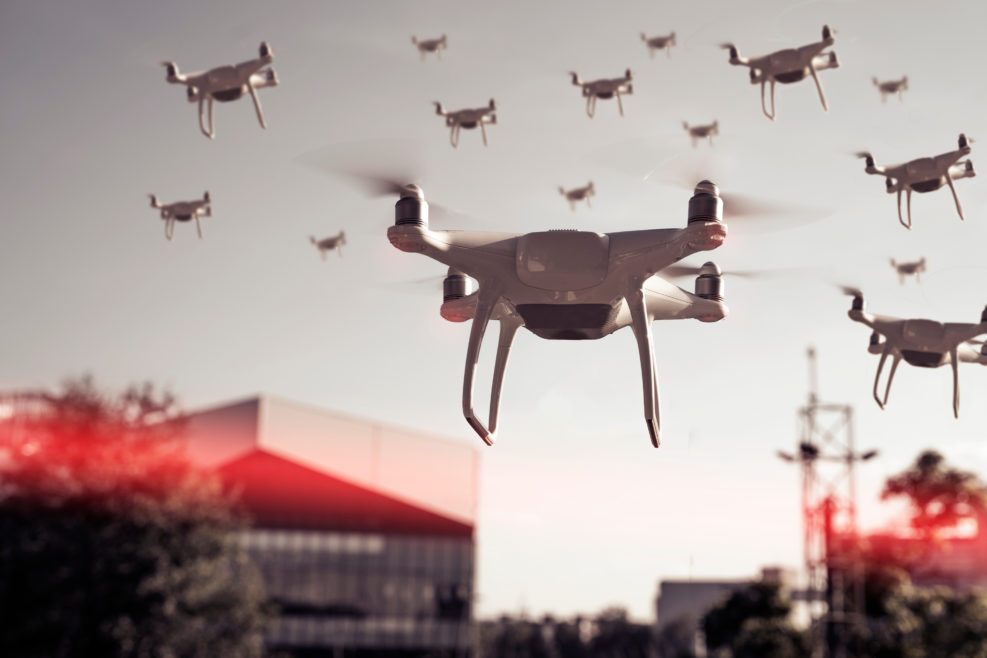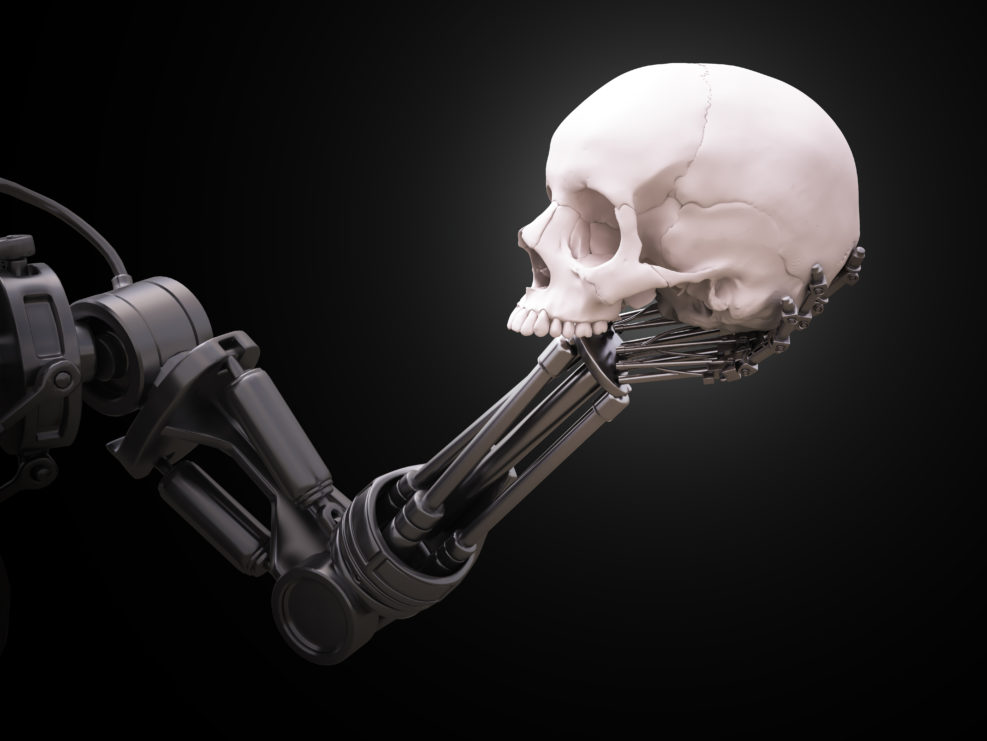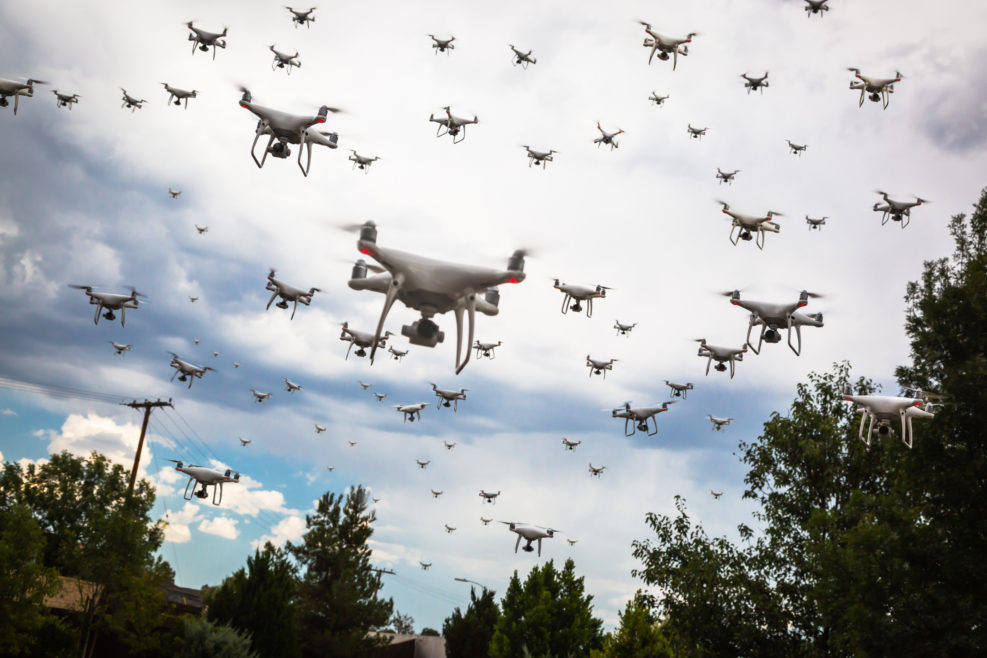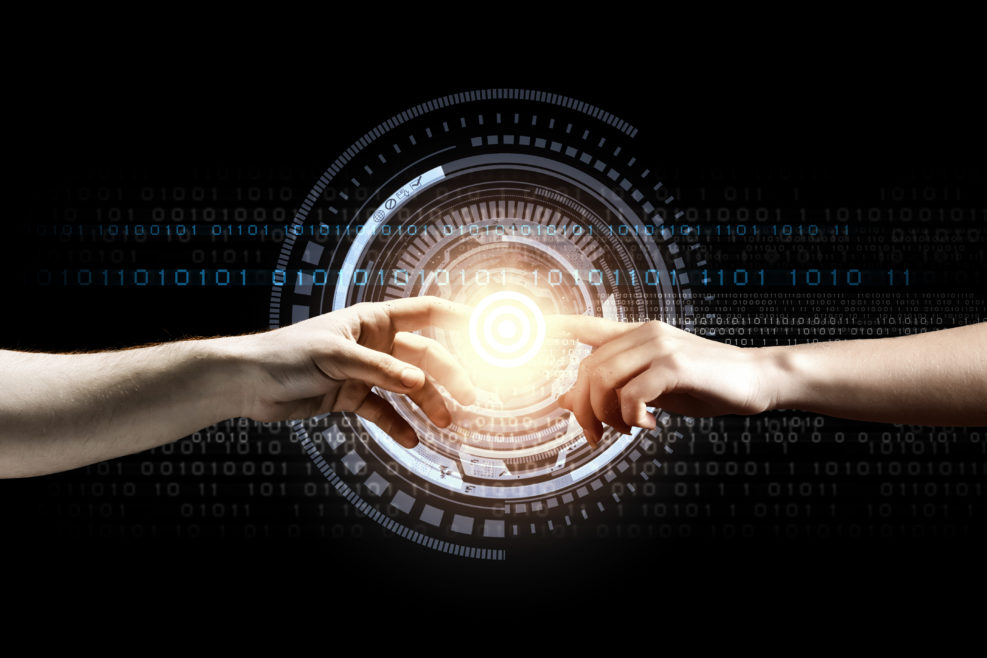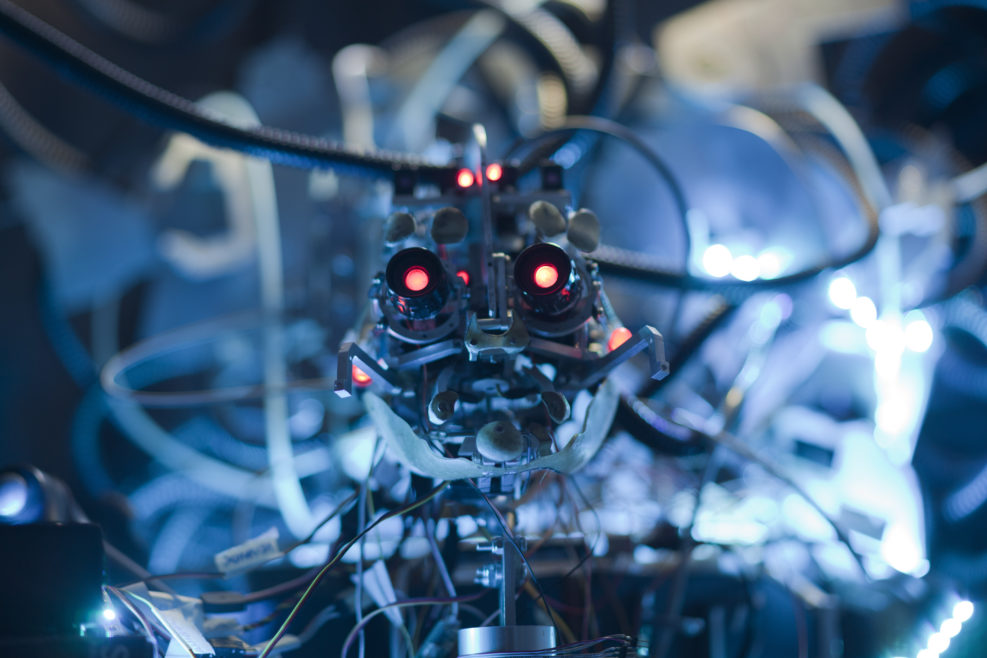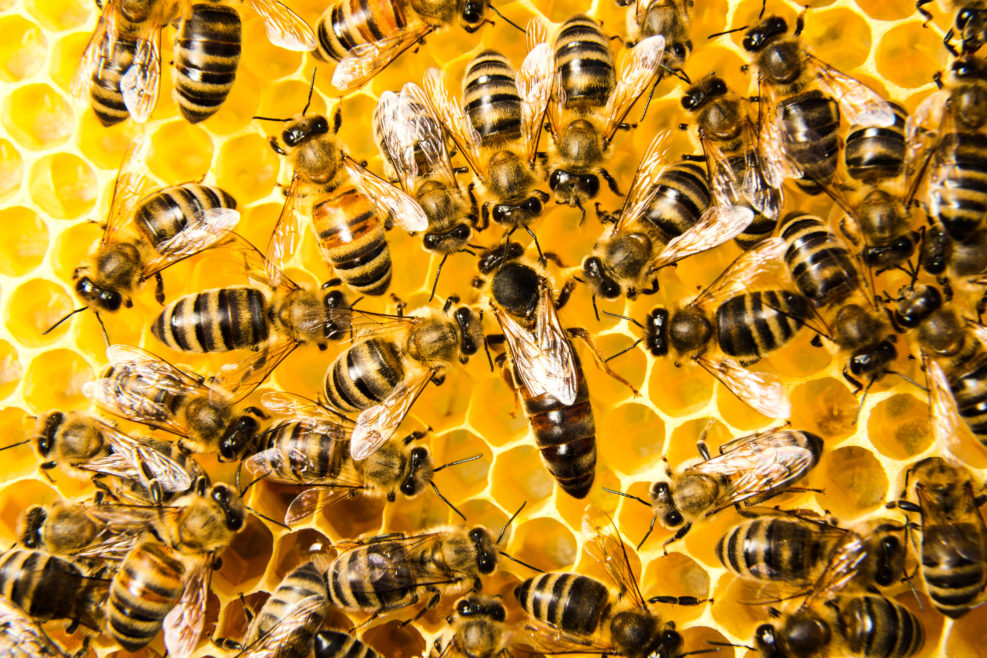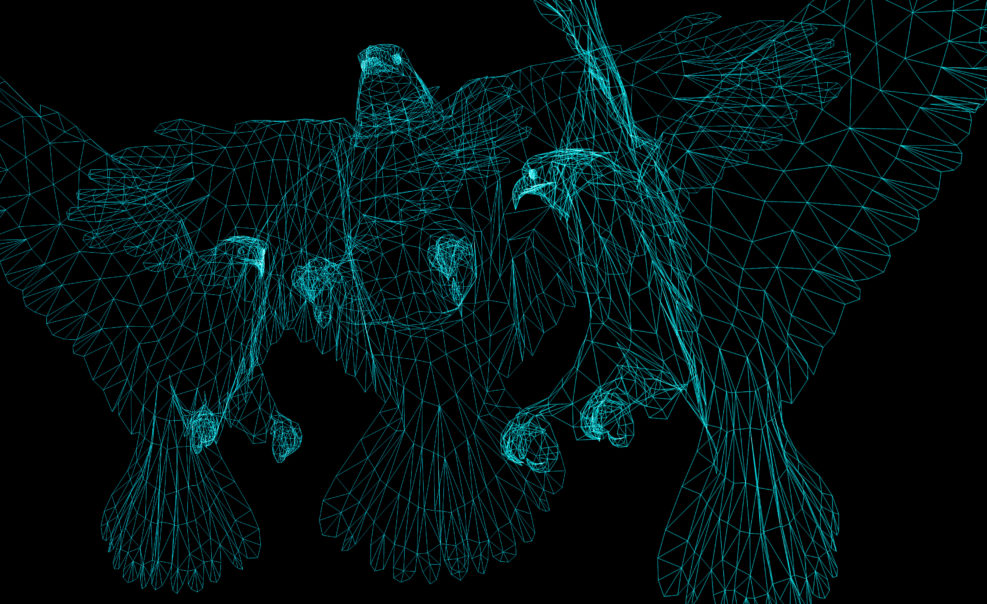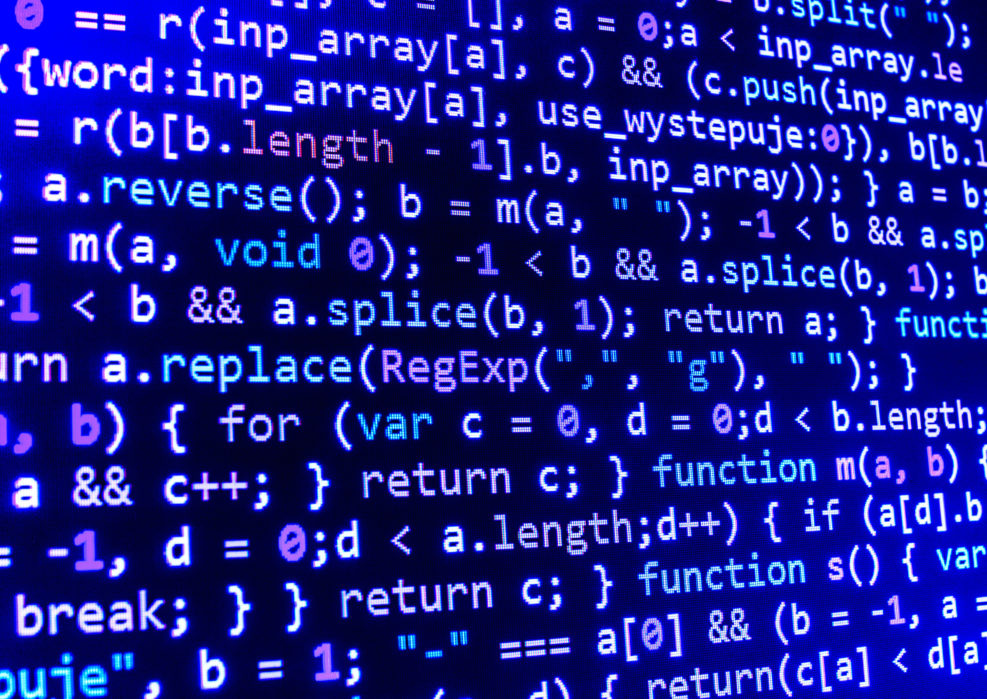
Why You Are Not — and Cannot Be — Computable
A computer science prof explains in a new book that computer intelligence does not hold a candle to human intelligence.An excerpt from Chapter 1 of Non-Computable You (2022) by Walter Bradley Center director Robert J. Marks (Discovery Institute Press, June 2022) The Non-Computable Human If you memorized all of Wikipedia, would you be more intelligent? It depends on how you define intelligence. Consider John Jay Osborn Jr.’s 1971 novel The Paper Chase. In this semi-autobiographical story about Harvard Law School, students are deathly afraid of Professor Kingsfield’s course on contract law. Kingfield’s classroom presence elicits both awe and fear. He is the all-knowing professor with the power to make or break every student. He is demanding, uncompromising, and scary smart. In the iconic film adaptation, Kingsfield walks into the room on the first day of class, puts his notes Read More ›




